Dive into the mesmerizing world of sharks and rays, where vibrant blues emerge through never-before-seen structural colors.
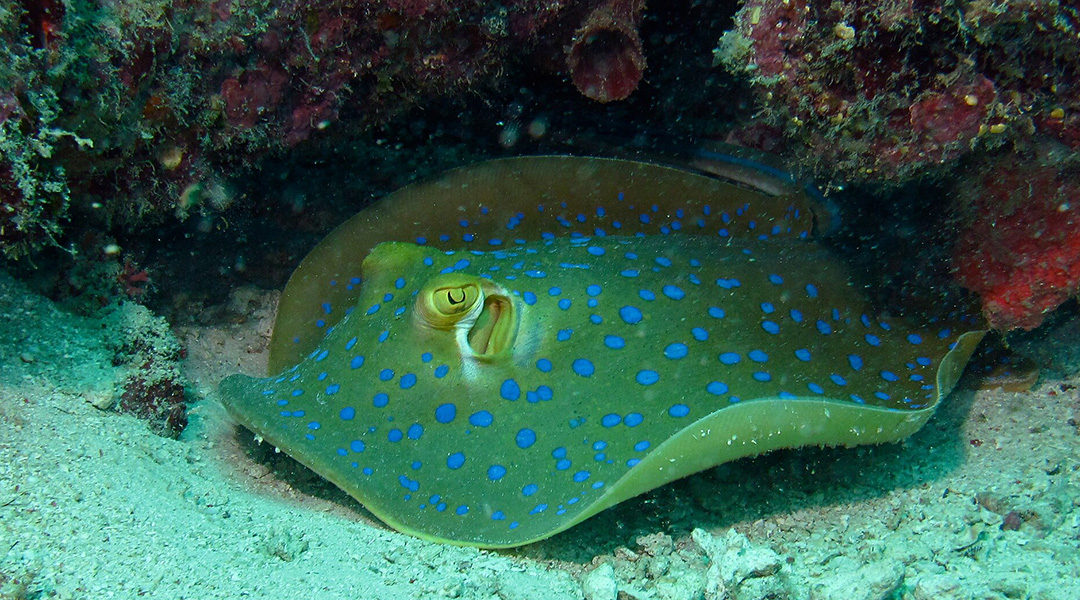

Dive into the mesmerizing world of sharks and rays, where vibrant blues emerge through never-before-seen structural colors.
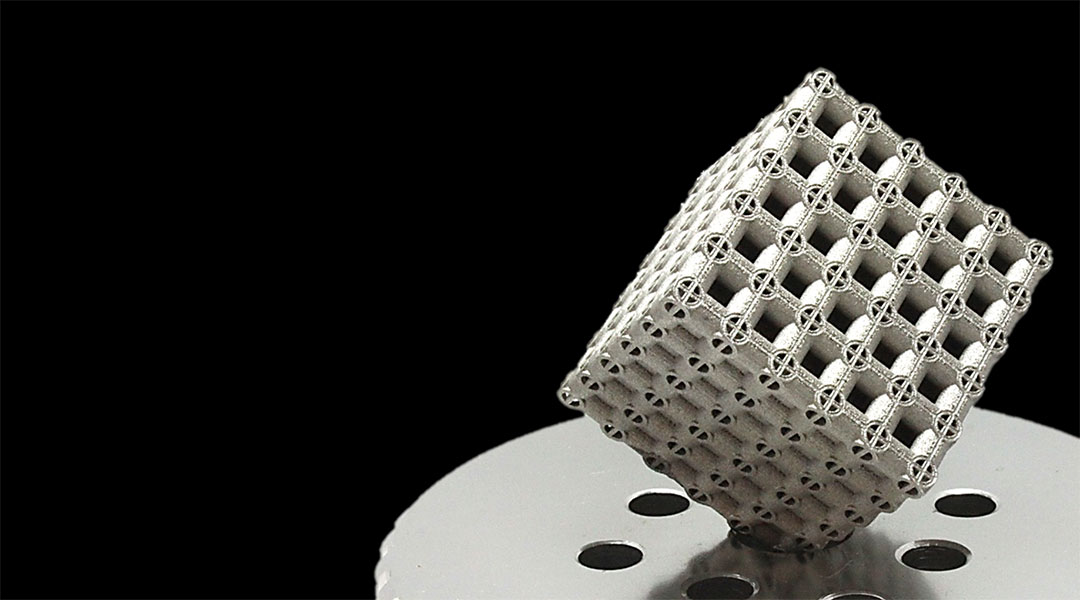
A groundbreaking titanium metamaterial with unparalleled strength and versatility could revolutionize manufacturing and high-speed aviation.
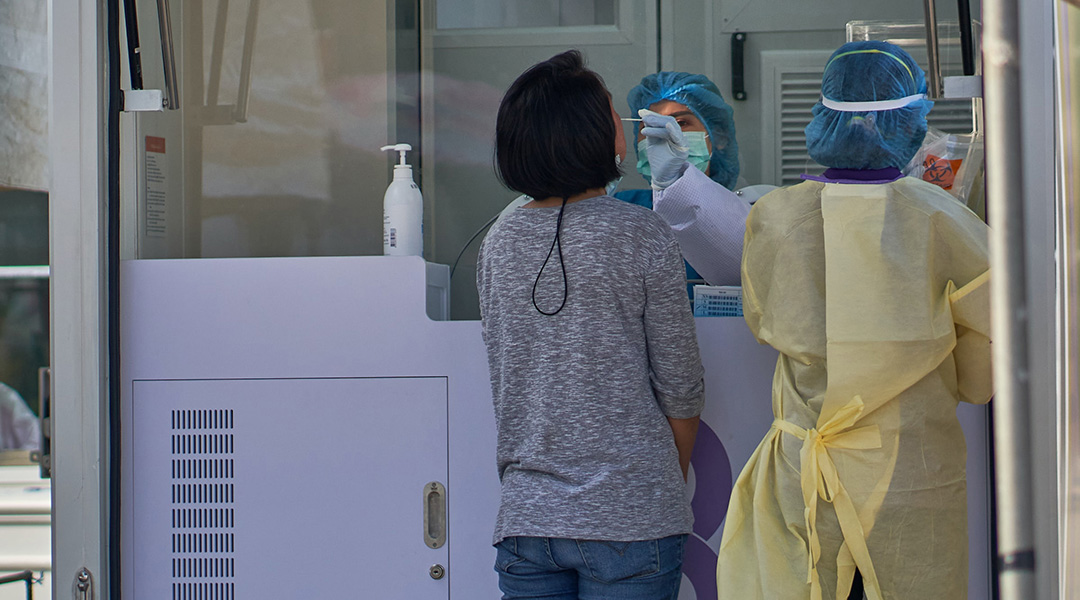
Researchers turn to nanotechnology to boost the detection of pathogens, including SARS-CoV-2.
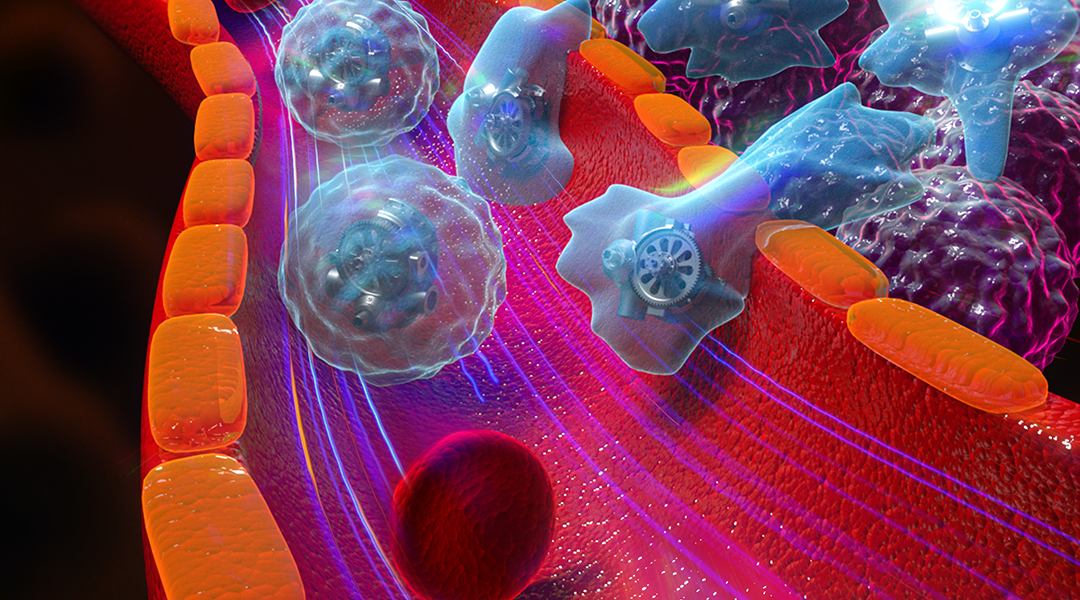
Swimming cellbots capable of autonomous motion and drug encapsulation can deliver their payload at desired sites.
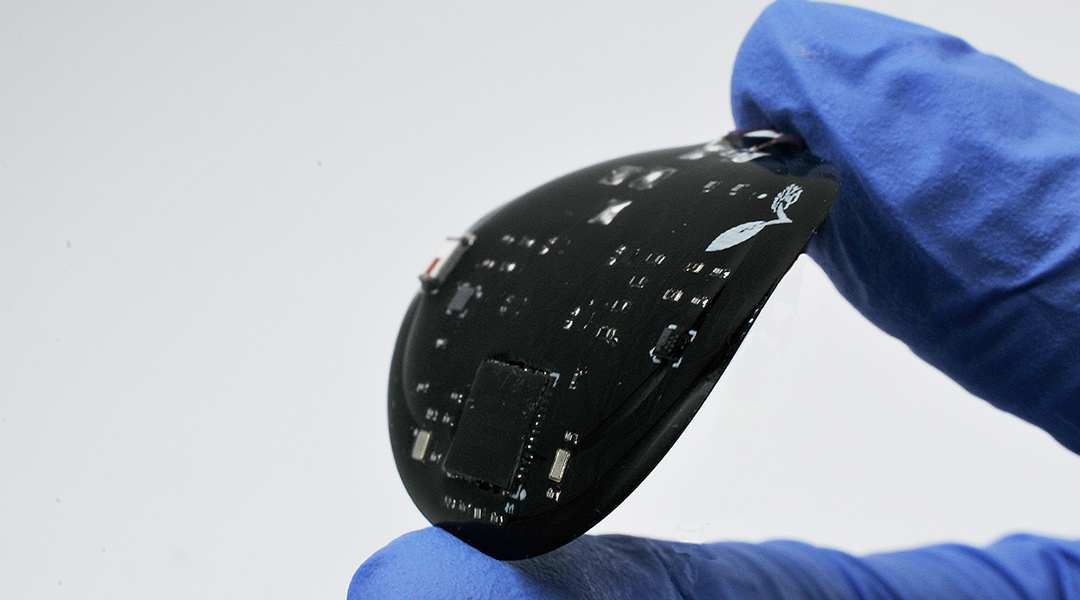
A team led by Wubin Bai developed a novel wearable sensor patch that provides a safe, real-time, less invasive and low-cost way to track a patient’s recovery.
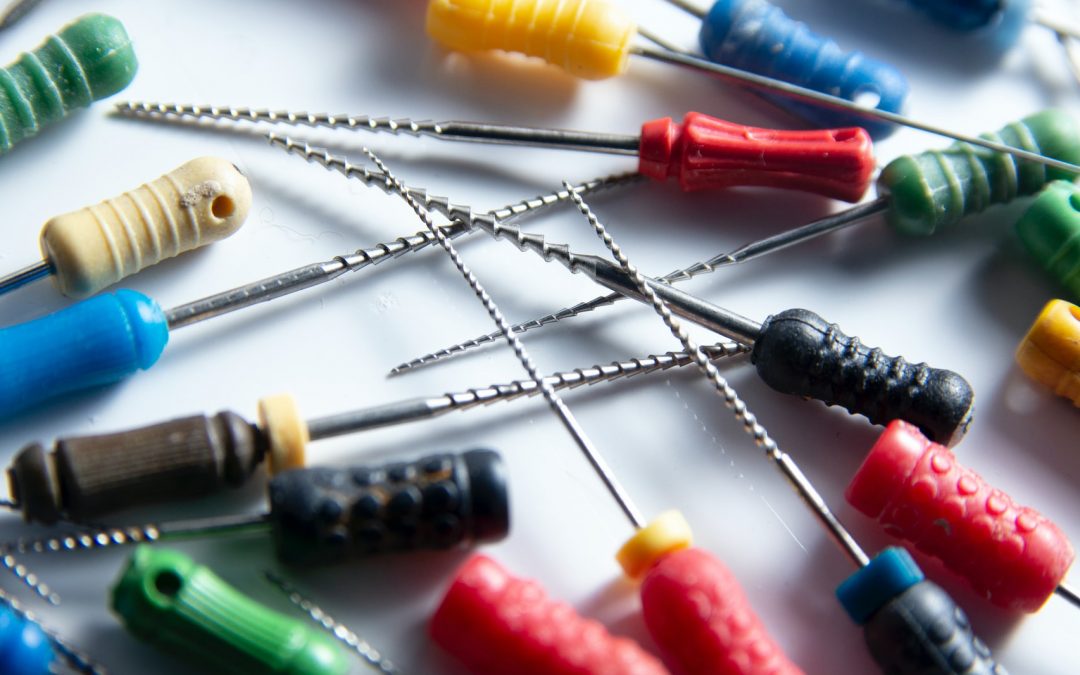
Disinfecting nanobots could be the key to preventing the failure of root canal fillings post-treatment.

Researchers in Shanghai report a potential therapeutic based on Prussian blue to tackle Parkinson’s disease.
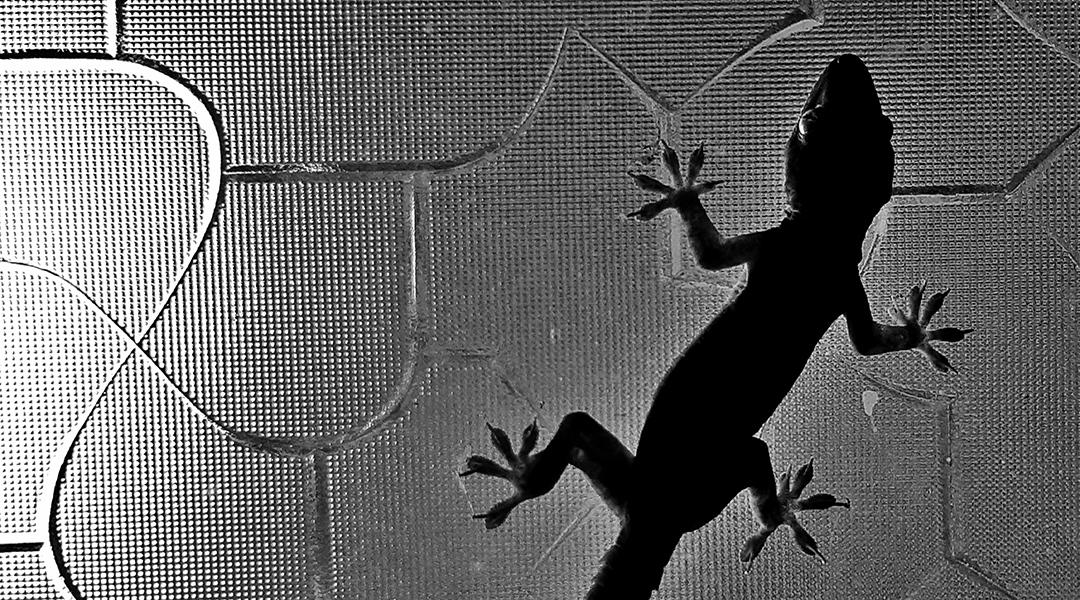
Inspired by microscopic hairs on gecko feet, scientists in South Korea have developed a shape-memory polymer that acts as a dry adhesive.
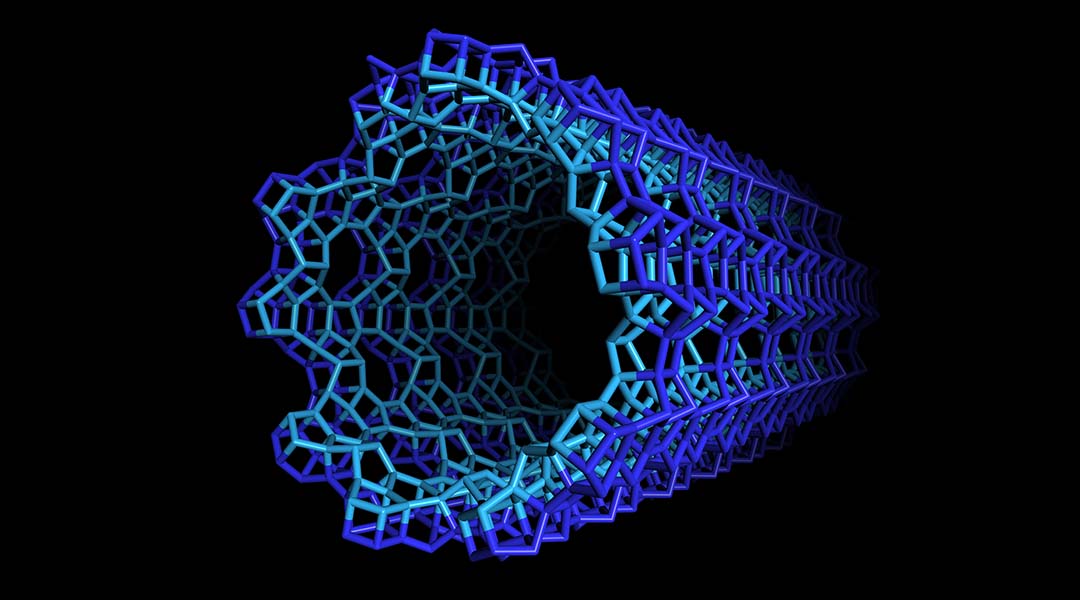
Nanotubes made from sheets of zeolite promise to expand this material’s already extensive range of application.
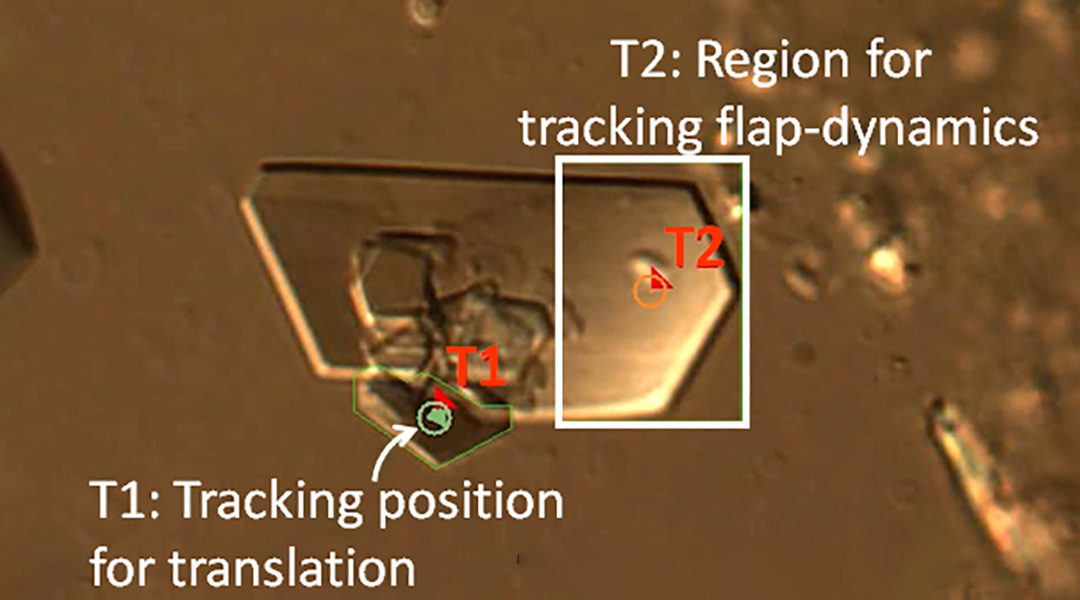
Synthesized microrobots capable of converting their mechanical motion into a means of self-propulsion.